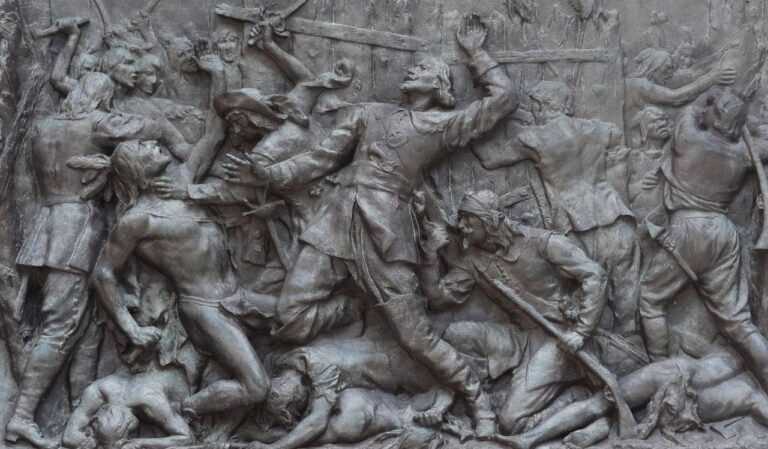Exploring the Impact of COVID-19 on Election Procedures
The COVID-19 pandemic has significantly altered the landscape of voter turnout in recent elections. With concerns over safety and health, many voters have been hesitant to physically go to polling places to cast their votes. This has led to a surge in mail-in voting as a safer alternative, resulting in a shift in traditional voting patterns.
Moreover, the pandemic has created new challenges for voter mobilization efforts and outreach. Campaigns and organizations have had to adapt their strategies to reach out to voters in a predominantly virtual setting, relying heavily on digital outreach and social media campaigns to engage with potential voters. This shift in tactics highlights the need for innovative approaches to ensure high voter turnout despite the ongoing impact of COVID-19 on election processes.
• Voter turnout has been impacted by the COVID-19 pandemic
• Surge in mail-in voting as a safer alternative to traditional in-person voting
• Challenges for voter mobilization efforts and outreach due to restrictions on physical gatherings
• Campaigns and organizations adapting strategies to reach voters through digital outreach and social media campaigns
Changes in Mail-in Voting Policies
One significant response to the challenges posed by the COVID-19 pandemic on the electoral process has been the increase in mail-in voting policies across various states. In an effort to promote voter safety and maintain accessibility, many states have expanded their eligibility criteria for requesting mail-in ballots. This shift has been met with both praise for its potential to enhance voter turnout and criticism for alleged concerns regarding election integrity.
However, the implementation of mail-in voting policies has not been without its hurdles. Some states have faced logistical issues in processing and distributing a higher volume of mail-in ballots, leading to delays in the receipt of ballots by voters. Additionally, concerns over potential voter fraud have sparked debates over the necessity of stringent verification processes to ensure the integrity of mail-in voting.
Challenges in Enforcing Social Distancing at Polling Places
Ensuring social distancing at polling places has proven to be a significant challenge during the ongoing COVID-19 pandemic. Despite efforts to implement safety measures such as marking floors for spacing and providing hand sanitizing stations, many voters struggle to maintain the recommended distance from others while waiting in line.
Furthermore, the high turnout seen in recent elections has amplified the difficulties in enforcing social distancing. Crowded polling places make it hard for election officials to monitor and regulate the movement of voters, increasing the risk of virus transmission. The need to balance public health concerns with the fundamental right to vote has become a pressing issue for election administrators across the country.
How has COVID-19 impacted voter turnout?
COVID-19 has had a significant impact on voter turnout as many individuals are hesitant to go to polling places due to the risk of exposure to the virus.
What changes have been made to mail-in voting policies?
In response to the pandemic, many states have expanded mail-in voting policies to allow more individuals to vote from the safety of their own homes.
What are some of the challenges in enforcing social distancing at polling places?
Some of the challenges in enforcing social distancing at polling places include overcrowding, lack of space for voters to spread out, and difficulty in monitoring compliance with social distancing guidelines.







